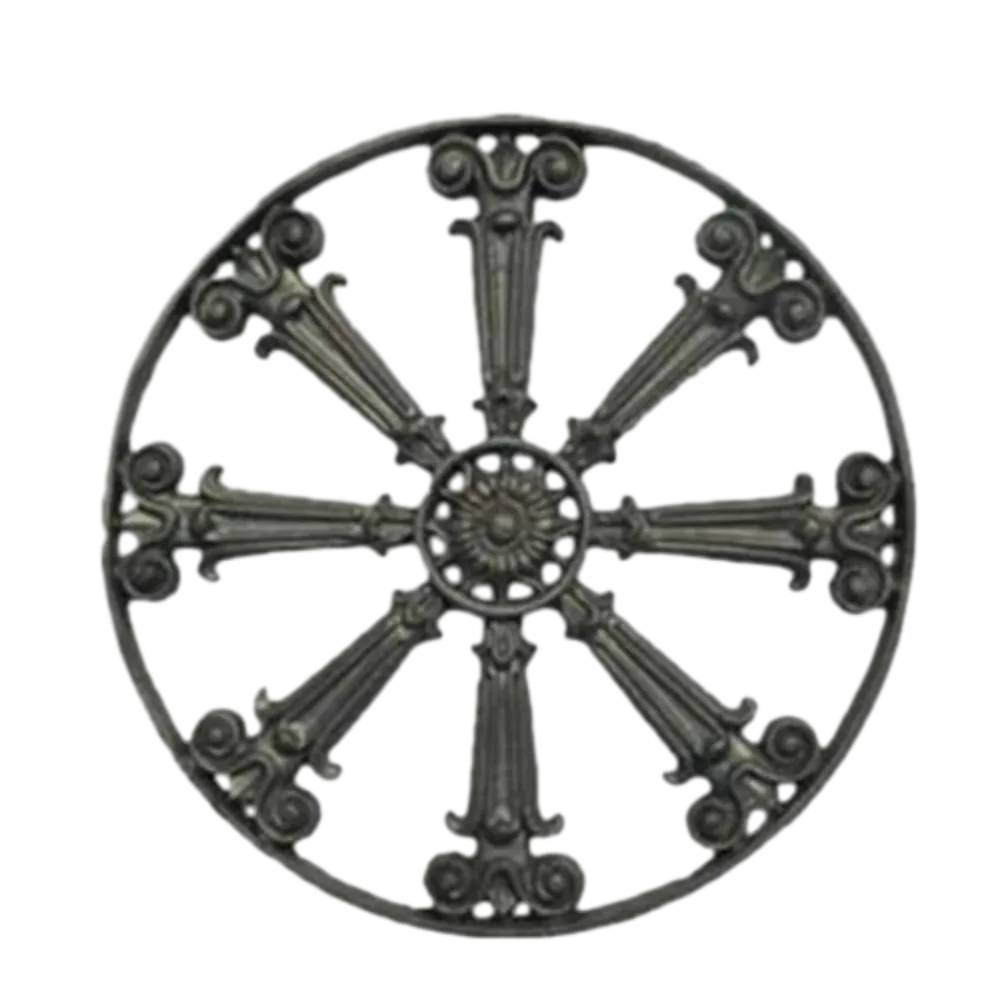Understanding Thermal Breaks in Aluminium Profiles for Improved Energy Efficiency
Understanding Thermal Break Aluminium Profiles
In the world of construction and architecture, the choice of materials can significantly influence the energy efficiency, aesthetics, and durability of a building. One innovative solution gaining popularity in recent years is the thermal break aluminium profile. This article delves into what thermal break aluminium profiles are, their benefits, applications, and why they are essential in modern building design.
What is a Thermal Break Aluminium Profile?
A thermal break aluminium profile is an architectural element designed to minimize heat transfer between the interior and exterior of a structure. It consists of two separate aluminium profiles that are connected by a non-conductive material, typically polyamide or polyurethane. This separation effectively creates a break in the aluminium, reducing thermal conductivity and improving insulation properties.
Aluminium is a popular choice in construction due to its strength, lightweight nature, and corrosion resistance. However, it is also a good conductor of heat, which can lead to excessive energy loss, especially in extreme climates. A thermal break addresses this issue by interrupting the path of thermal energy, making it an invaluable feature in windows, doors, and curtain wall systems.
Benefits of Thermal Break Aluminium Profiles
1. Energy Efficiency One of the primary benefits of thermal break aluminium profiles is their ability to improve a building's energy efficiency. By minimizing heat transfer, these profiles help maintain a consistent indoor temperature, which can lead to significant savings on heating and cooling costs.
2. Condensation Reduction Buildings with poor thermal performance can experience condensation on windows and walls. This not only detracts from comfort but can also lead to mold and mildew growth, which negatively impacts indoor air quality. Thermal break technology significantly reduces the likelihood of condensation forming.
3. Improved Comfort A more stable indoor temperature translates into enhanced comfort for occupants. Thermal breaks help in maintaining warmth during winter and keeping interiors cool during summer, leading to a more pleasant environment.
4. Sustainable Building Practices With growing concerns about environmental impact, thermal break aluminium profiles align with sustainable building practices. By improving energy efficiency, these profiles contribute to lower carbon footprints, making them an eco-friendly choice for modern construction.
thermal break aluminium profile

5. Aesthetic Flexibility Thermal break aluminium profiles come in various designs and finishes, allowing architects and designers to create visually appealing solutions without compromising on performance. This aesthetic flexibility makes them suitable for a wide range of architectural styles.
Applications of Thermal Break Aluminium Profiles
1. Windows and Doors Thermal break technology is widely used in window and door systems, providing excellent insulation while maintaining the strength and durability of aluminium. This application is crucial in residential, commercial, and industrial buildings.
2. Curtain Walls In high-rise buildings, curtain wall systems made of thermal break profiles offer an effective way to insulate large expanses of glass. This approach not only enhances the building's energy efficiency but also contributes to its overall aesthetic appeal.
3. Balconies and Facades Thermal break aluminium profiles can enhance balcony systems and external facades, ensuring that these critical areas are both beautiful and thermally efficient.
4. Skylights Thermal break technology is also useful in skylight systems, mitigating heat gain and loss while providing abundant natural light to interiors.
Conclusion
Thermal break aluminium profiles represent a significant advancement in building technology, effectively addressing the challenges of energy efficiency, comfort, and sustainability. As the demand for eco-friendly solutions continues to grow, these profiles are becoming increasingly essential in the construction industry. By incorporating thermal break technology into building designs, architects and developers are not only enhancing the performance and aesthetics of their structures but also contributing to a more sustainable future.
In summary, thermal break aluminium profiles are not just a trend but a necessary evolution in the quest for smarter, more efficient buildings. Their myriad benefits make them an indispensable choice for modern architects and builders aiming to create structures that are not only beautiful but also energy-conscious and environmentally responsible.
-
Wrought Iron Components: Timeless Elegance and Structural StrengthNewsJul.28,2025
-
Window Hardware Essentials: Rollers, Handles, and Locking SolutionsNewsJul.28,2025
-
Small Agricultural Processing Machines: Corn Threshers, Cassava Chippers, Grain Peelers & Chaff CuttersNewsJul.28,2025
-
Sliding Rollers: Smooth, Silent, and Built to LastNewsJul.28,2025
-
Cast Iron Stoves: Timeless Heating with Modern EfficiencyNewsJul.28,2025
-
Cast Iron Pipe and Fitting: Durable, Fire-Resistant Solutions for Plumbing and DrainageNewsJul.28,2025
-
 Wrought Iron Components: Timeless Elegance and Structural StrengthJul-28-2025Wrought Iron Components: Timeless Elegance and Structural Strength
Wrought Iron Components: Timeless Elegance and Structural StrengthJul-28-2025Wrought Iron Components: Timeless Elegance and Structural Strength -
 Window Hardware Essentials: Rollers, Handles, and Locking SolutionsJul-28-2025Window Hardware Essentials: Rollers, Handles, and Locking Solutions
Window Hardware Essentials: Rollers, Handles, and Locking SolutionsJul-28-2025Window Hardware Essentials: Rollers, Handles, and Locking Solutions -
 Small Agricultural Processing Machines: Corn Threshers, Cassava Chippers, Grain Peelers & Chaff CuttersJul-28-2025Small Agricultural Processing Machines: Corn Threshers, Cassava Chippers, Grain Peelers & Chaff Cutters
Small Agricultural Processing Machines: Corn Threshers, Cassava Chippers, Grain Peelers & Chaff CuttersJul-28-2025Small Agricultural Processing Machines: Corn Threshers, Cassava Chippers, Grain Peelers & Chaff Cutters












